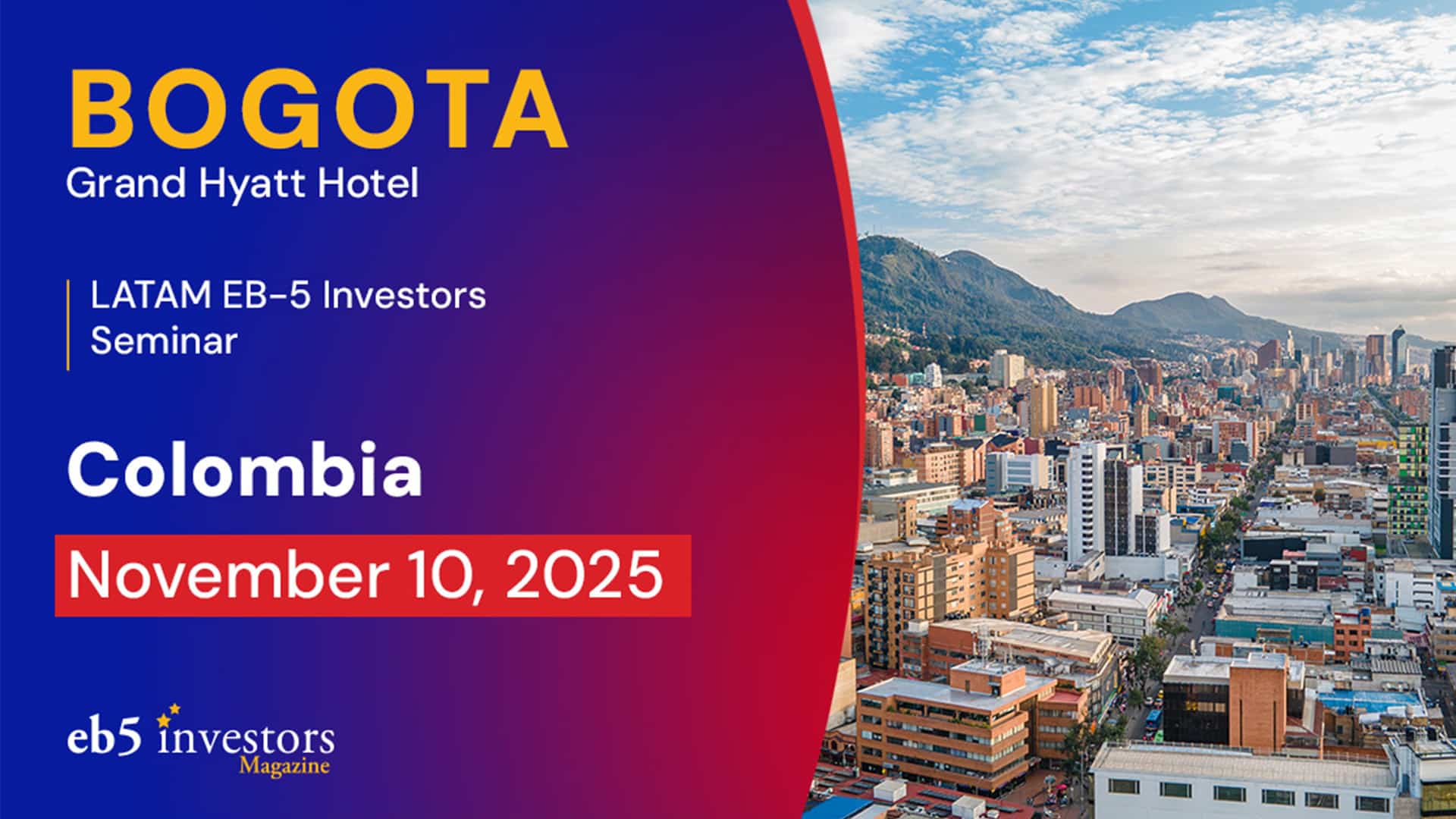
The clock is ticking for Indian investors considering the EB-5 Investor Visa Program as the date for a substantial tax hike on outbound financial transfers draws near.
Effective Oct. 1, 2023, the Indian government is scheduled to impose a significant tax increase on financial transfers leaving the country. The Tax Collected at Source (TCS) would be raised from the current rate of 5% to a significant 20%. This change will impact Indian citizens who intend to send money overseas.
Indian EB-5 applicants already had a 90-day respite as the government postponed the initial Jul. 1 deadline.
As the new date approaches, there’s still some uncertainty among Indian EB-5 investors about whether it will take effect or be delayed again, says Rohit Turkhud, counsel at CSG Law.
“Folks are unsure and, therefore, hopeful of another delay,” he said.
Tax hike to impact EB-5 investors’ liquidity, but not interest in U.S. visa
The surge in tax would add approximately between $160,000 and $170,000 to the initial fees required for EB-5 applications and other related expenses, Turkhud affirms.
Given that Indian EB-5 investors are mostly high-net-worth individuals (HNWI), their interest in this U.S. visa is unlikely to be deterred by the higher tax requirement, the immigration lawyer says.
“I think that folks who are investing well over [the minimum investment amount of] $800,000 are able to come up with the TCS money as well,” he adds. “There may well be a bit of a slowdown in the investment, but I also believe that after an ‘adjustment’ or ‘cooling’ period, we will see serious activity.”
Meanwhile, according to Jay Mehta, Director of FRR Immigration, the change will not have a significant negative impact on Indian investor’s interest in EB-5 or other investor visa programs worldwide. “From the feedback that we have received after speaking to our investors/potential investors, we don’t foresee much of a negative impact on Indians who are looking to transfer funds overseas for the purpose of ‘Citizenship by Investment.’ Most investors are [high-net-worth-individuals] HNIs or [ultra-high-net-worth-individuals] UHNIs who can easily adjust the 20% TCS with their income tax for the financial year.”
According to a recent wealth migration report, 7,500 Indian HNWI (with an investable wealth of $1 million or more) were looking to emigrate in 2023.
The postponement of the July deadline seemed to have caused an increase in money transfers at the time, and a rush before October can be expected, Turkhud cautions. “I have clients who have moved money in anticipation of the Oct. 1, 2023 date.”
Besides the tax hike, Indian investors also face a $250,000 transfer limit per financial year, which begins in April and ends in March of next year. This limit is called the Liberalized Remittance Scheme (LRS) and means they can transfer $250,000 by March 31 and another $250,000 starting April 1 to minimize tax exposure for EB-5 purposes.
Given the tax can be recovered in India’s tax return period next fiscal year, “the hike seems to be more of a ‘liquidity’ issue than a ‘real’ tax burden,” Turkhud affirms. However, he adds that the combination of a tax increase and transfer limit could temporarily deter investment as investors adjust.
The hike will occur before the U.S. Citizenship and Immigration Services (USCIS)’s planned rise of filing fees for EB-5 immigration applications and petitions in March 2024.
DISCLAIMER: The views expressed in this article are solely the views of the author and do not necessarily represent the views of the publisher, its employees. or its affiliates. The information found on this website is intended to be general information; it is not legal or financial advice. Specific legal or financial advice can only be given by a licensed professional with full knowledge of all the facts and circumstances of your particular situation. You should seek consultation with legal, immigration, and financial experts prior to participating in the EB-5 program Posting a question on this website does not create an attorney-client relationship. All questions you post will be available to the public; do not include confidential information in your question.








